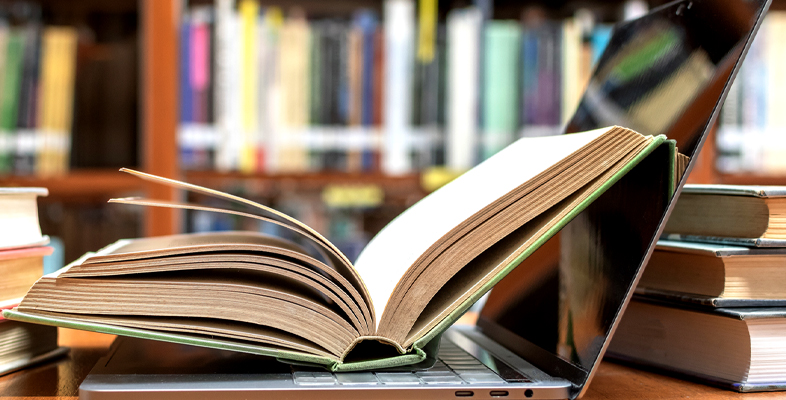2.1 Making digital copies
A machine that can only make copies becomes a means for making things different.
The speed and ease with which copies of all creative works proliferate through digital channels poses many challenges for systems designed to keep records of authorship and ownership. Notions and practices of ‘copyright’ and other forms of ‘creators rights’ developed in modern contexts where copying of creative works became easier than the manual methods common in the pre-modern period (see Session 1), but still took more effort than today’s digital copying.
The replication of copies of messages by senders and receivers of information is integral to how digital communications function: unless the sender deletes the message, both parties retain a copy. The conversion of different kinds of ‘message’ (images, texts and sounds) into binary data means that the distinction between ‘originals’ and ‘copies’ is often decided by context (not the work itself).
The ease of creating digital copies (of either non-digital or born-digital works) doesn’t erase the effort which went into creating them. Our society considers acknowledgment or reward of individual creators to be important (or retains notions of private property), meaning there will always be tensions between creators, distributors and users of creative works. Discovering who has the right to use digital information, and how, is time-consuming. There are also questions of research integrity: how is appropriate credit and acknowledgment given to research contributors?
All researchers in the digital age need to understand how society manages the tension between ease and speed of copying and embedded notions of authorship and ownership of creative works as intellectual property.
Look at the following gif. It has been made using images from the British Library, as part of a project to encourage the reuse of openly-licensed content from major heritage collections: gif of images [Tip: hold Ctrl and click a link to open it in a new tab. (Hide tip)] .
